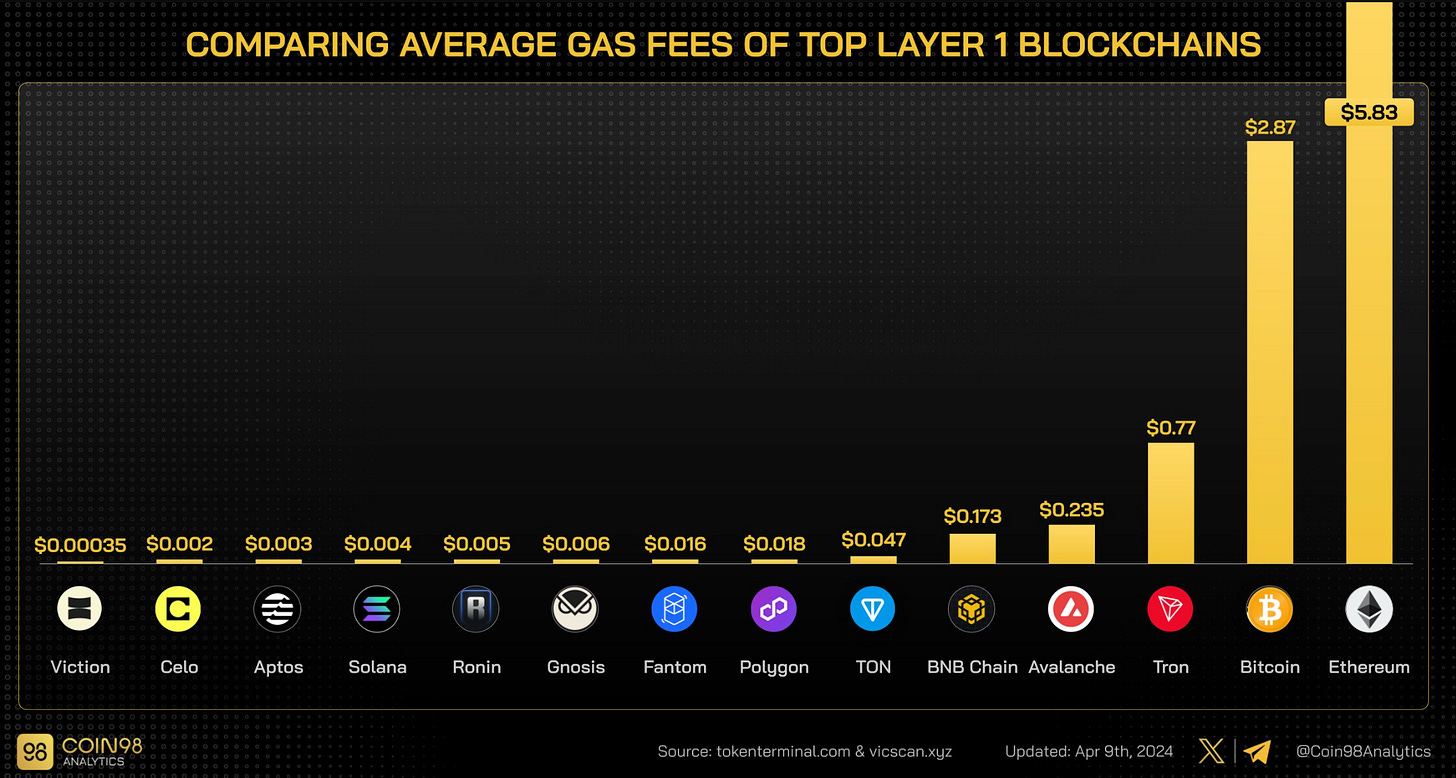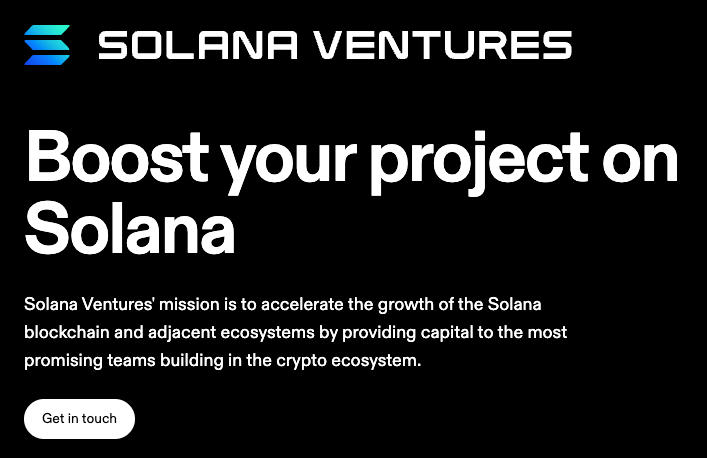This summer, we're taking a break and we bring you the best articles from the past year. Each week, enjoy a top pick that has resonated most with our readers. Perfect for a fresh read or a timely revisit. ✨
Thank you again for your confidence in us.
There are now more than 1 000 of you following us every week. 🙏
Choosing the Right Web3 Ecosystem for Your Project 📈
Originally published on 1 May 2024
Selecting the optimal ecosystem for launching your project is paramount to its success. With various technical, financial, and developmental considerations, making an informed decision requires a comprehensive understanding of the available options. Let's delve into five key factors to consider when choosing the right ecosystem.
1) Technical Considerations
Technical infrastructure is crucial. Factors such as layer1 vs. layer2 solutions, gas costs, transaction speed, and decentralization percentage play pivotal roles. For instance, Ethereum, with its robust layer1 framework and high decentralization, offers a solid foundation for decentralized applications (dApps) but struggles with scalability and gas fees, as evidenced by recent challenges.

Comparison of 6 leading blockchain performances :

Alternatively, layer 2 solutions like Arbitrum, Optimism, zkSync Era provide scalability enhancements and lower transaction costs, making them attractive options for projects prioritizing efficiency.

2) Financial Support and VC Connectivity
Access to grants and venture capital (VC) funding can significantly accelerate project growth. Ecosystems that provide avenues for grants and facilitate connections with VC firms offer invaluable support. For example, the Solana ecosystem has gained traction for its vibrant grant programs fostering a conducive environment for innovation and growth.

Useful resources 👇
Previous Chain Reaction dedicated to grants :
Top 200 web3 grants list provided by 0xlabs
Don't forget that the grants offered by foundations are generally equivalent to pocket money (a few tens of K euros). At the start of a project, this may seem like a lot, and it can help you to make the first achievements, but think carefully about an intelligent allocation of time between applications for grants vs. pitching to VCs, who can normally mobilize much more capital.
Of course, large foundations usually have their own VC structure, so combining the two can be a jackpot !

3) Technical Support and Development Assistance
Beyond financial assistance, the availability of technical support is essential. Ecosystems that offer resources like monthly consultation calls or access to developer teams can expedite project development and troubleshooting. For example Polkadot set-up the Polkadot Alpha Program which is open to dApps teams and including : resources, development planning, feedback, best practices sharing, etc.

🚨 Beware of false promises. The size of a grant can make you look the wrong way. Very often, it forces you to build within this ecosystem, and to turn back to another ecosystem would be either impossible or disproportionately expensive.
Negotiate and contract for technical support at the time of the grant, for example: 1 call / week, 2 days / availability of a Senior substrate developer, etc. It's not easy, but it's worth a try !
Subscribe
4) Momentum and Growth Potential
Assessing the momentum and growth trajectory of an ecosystem is crucial for long-term viability. While some ecosystems may be experiencing rapid growth, others may have already peaked. For instance, the Binance Smart Chain (BSC) witnessed explosive growth in 2021 but has faced scrutiny due to centralization concerns, potentially impacting its future prospects.
However, the Web3 landscape is dynamic, with opportunities for growth emerging sources. For example, decentralized exchanges (DEXs) have leveraged massive airdrop campaigns on Layer 2 solutions like ZKSync, Scroll, or Linea to fuel their expansion. Syncswap, for instance, accessible across three major Ethereum Layer 2 solutions, stands to benefit from significant airdrops expected in 2024, indicating the potential for substantial growth within those ecosystems.

5) User Experience and Existing Infrastructure
Finally, evaluating the user experience and existing infrastructure within an ecosystem is paramount. Established dApps, decentralized exchanges (DEXs), and user-friendly wallets enhance usability and attract a broader audience.
🎮 To finish this article, I suggest you play a game. I'll name an ecosystem and you'll have to give me the name of non-custodial wallets that work in that ecosystem:
Ethereum ?
I'm sure you're familiar with at least 2 of them: Metamask and Rabby.
Solana ?
I'm sure you know at least 1: Phantom.
Cosmos ?
I'm sure you know at least 1 : Keplr or Leap.
Cardano ?
I'm sure you don't know any. Me too :( Perhaps you don't even know about the Cardano ecosystem itself, whose coin is nevertheless the 10th largest crypto capitalization with 18 billion market cap.
Do you really want to build on an ecosystem that nobody uses or knows about ?
Conclusion
Choosing the right web3 ecosystem demands a meticulous evaluation of technical, financial, developmental, and user-centric factors. But whatever choice you make, it's your entrepreneurial mindset, your energy, your pugnacity and your response to a real pain point that will make the difference ! 🚀💻🌱
If you like our work, feel free to like and comment.
Follow us on Linkedin to keep up with all our news.
Disclaimer : The goal of this newsletter is to inform and produce content related to management in the world of Web3. It is not investment advice. Investments in crypto-assets and NFTs are risky and can result in the loss of your entire capital. Always conduct your own research and exercise caution.




